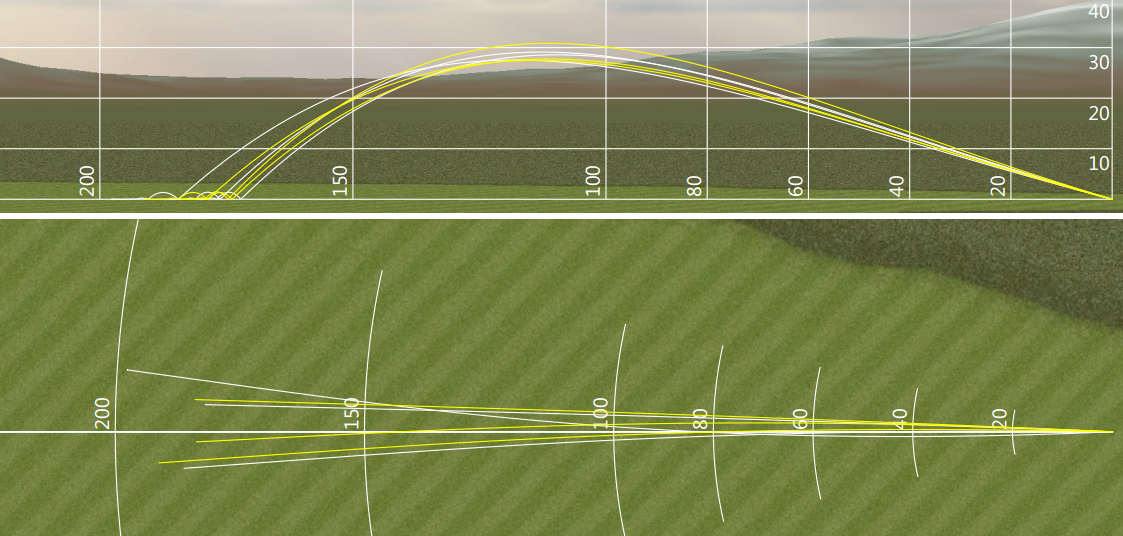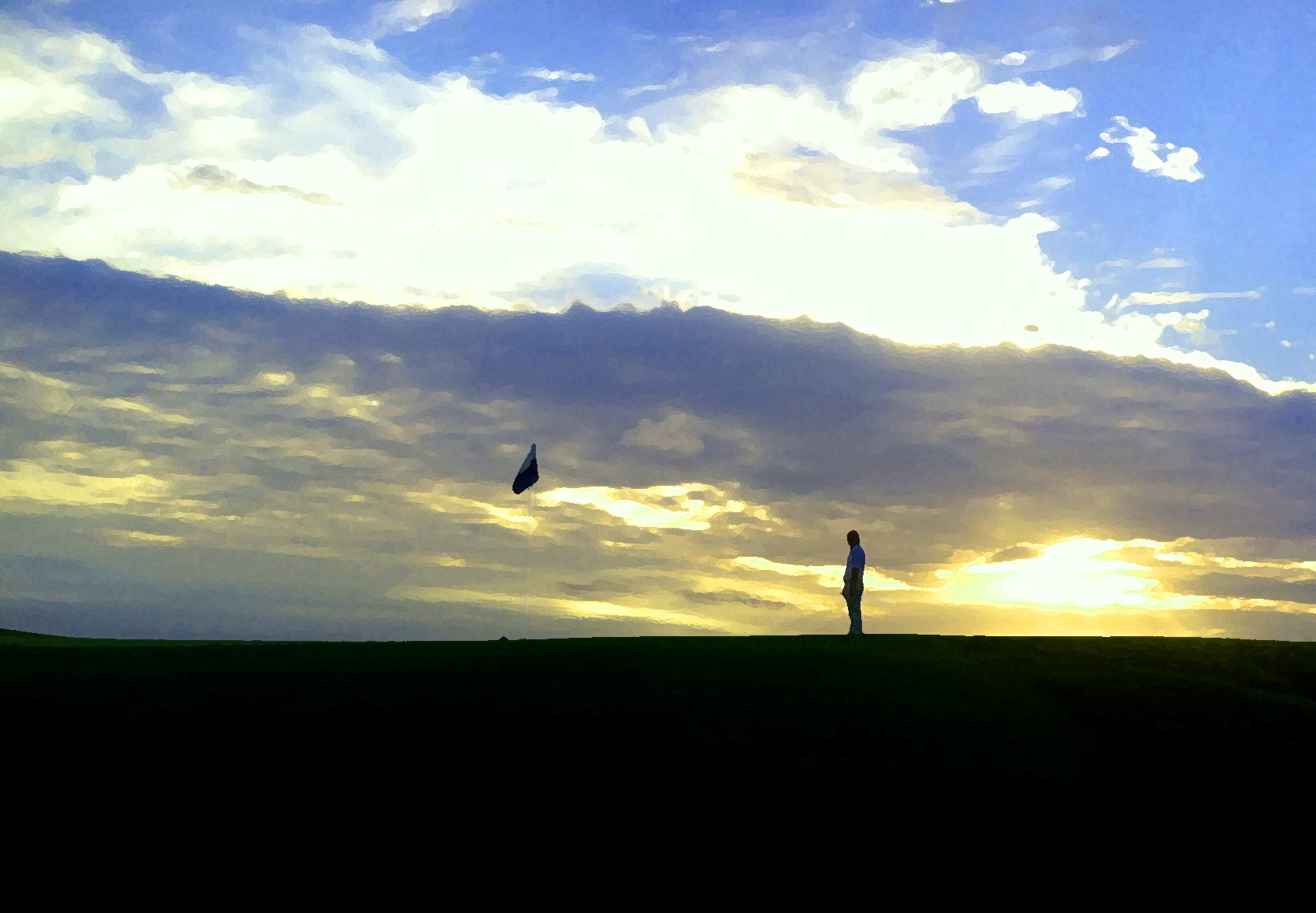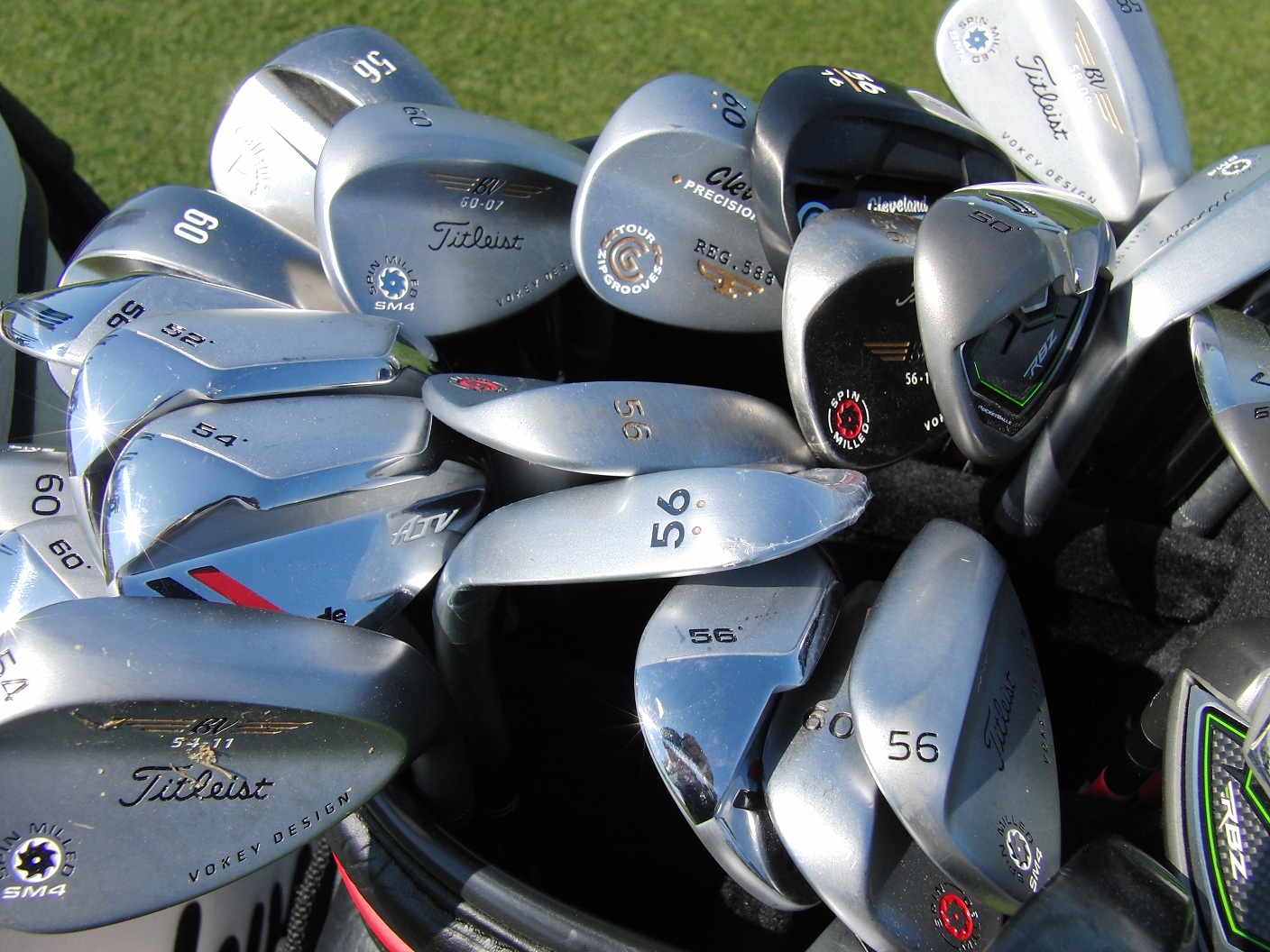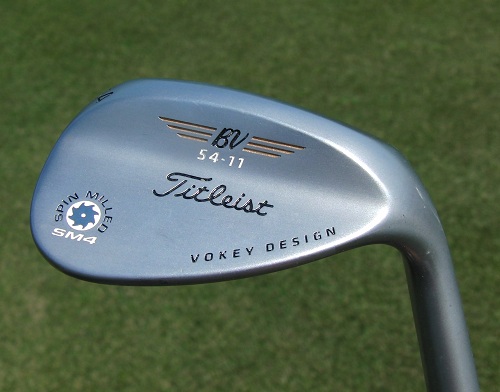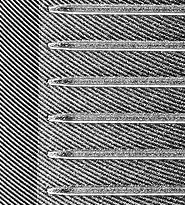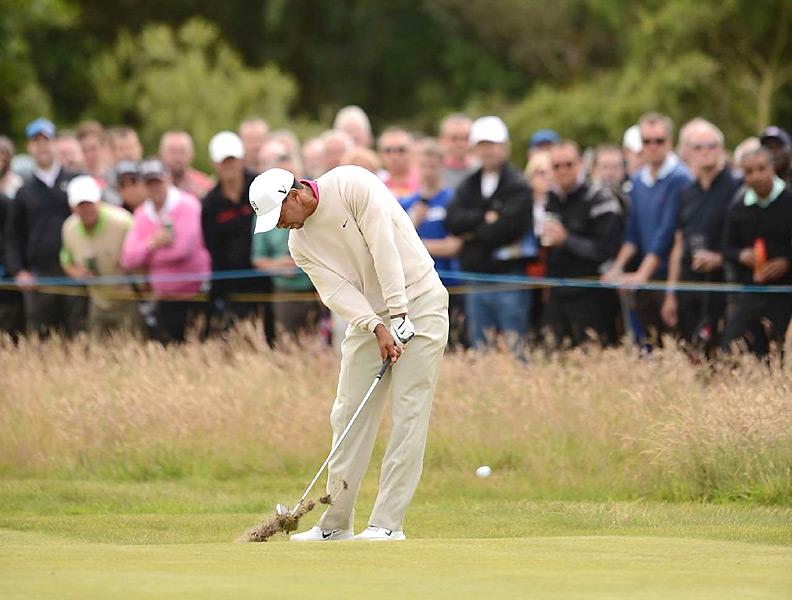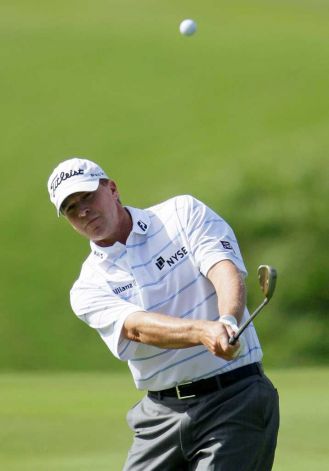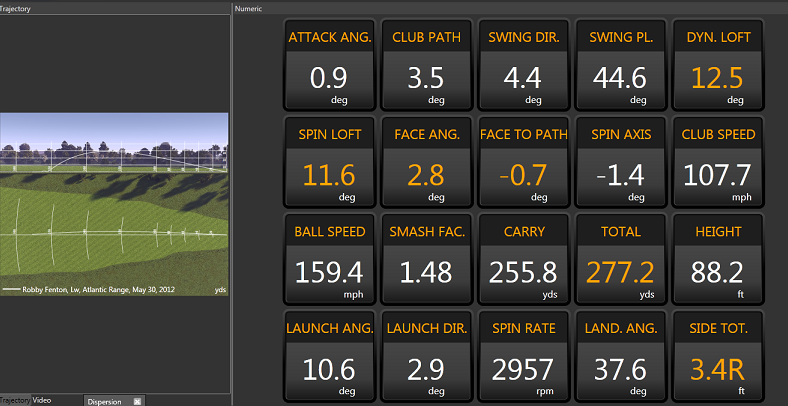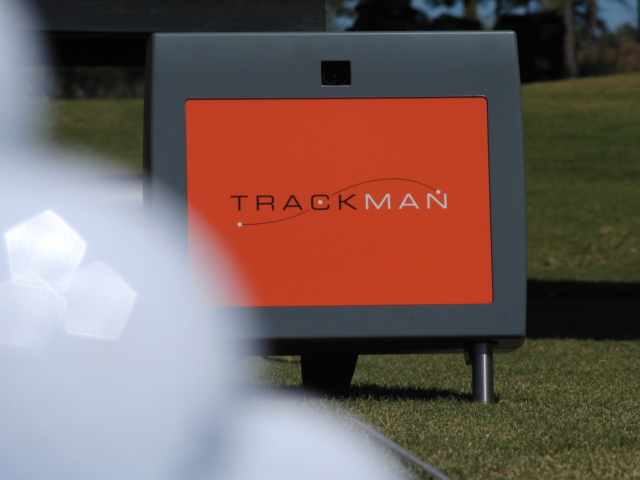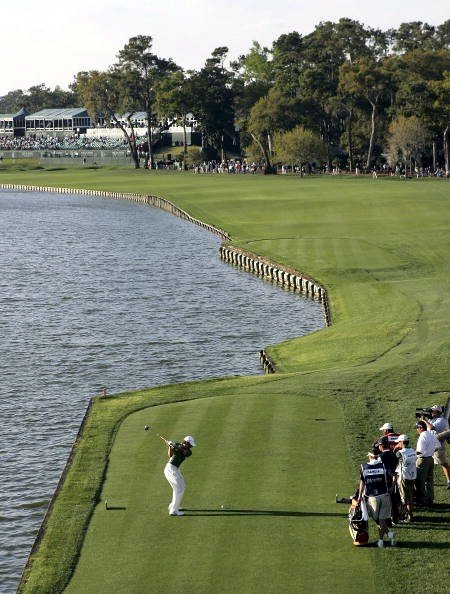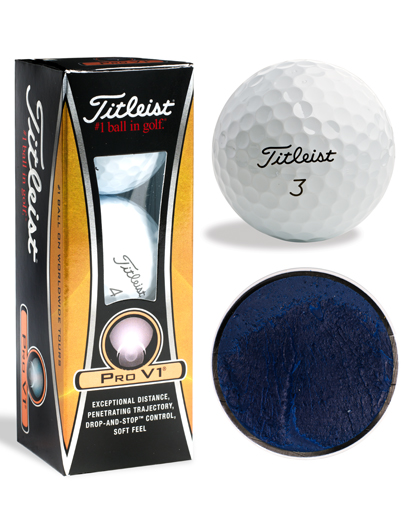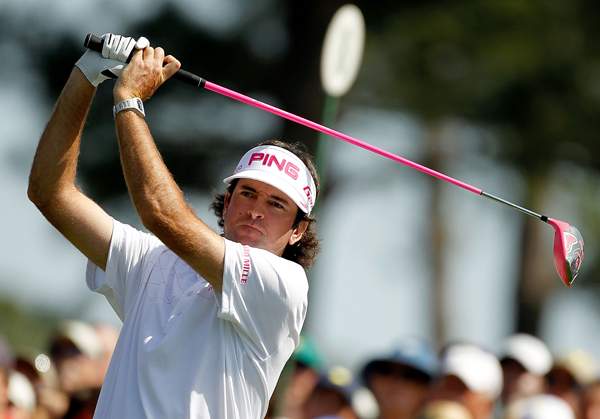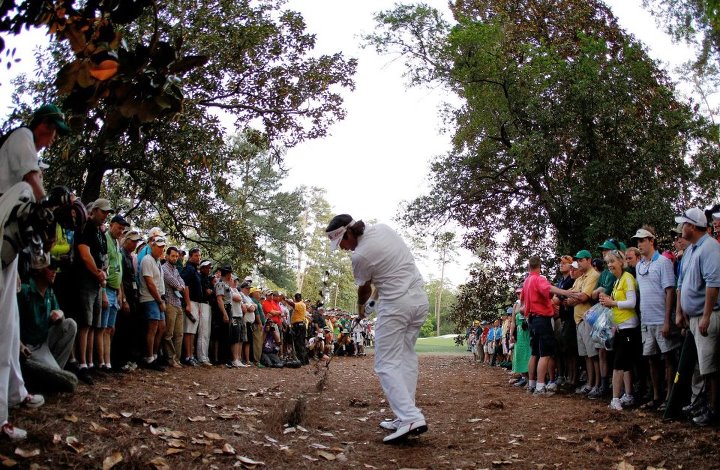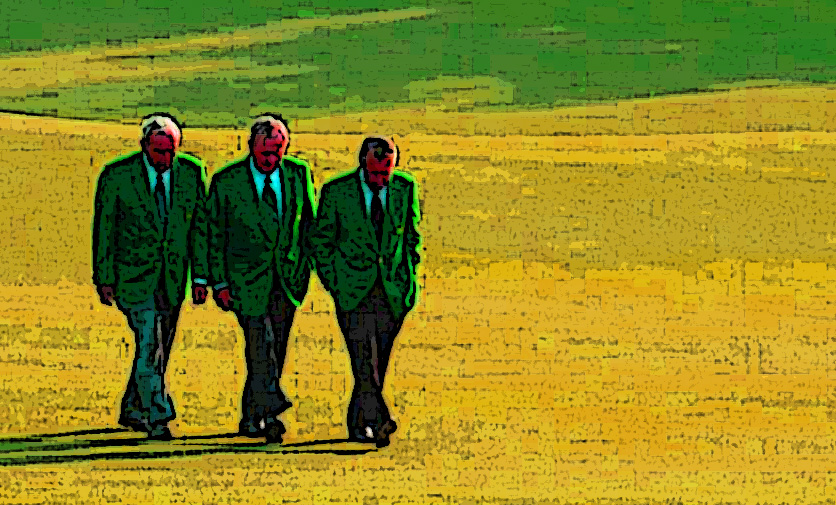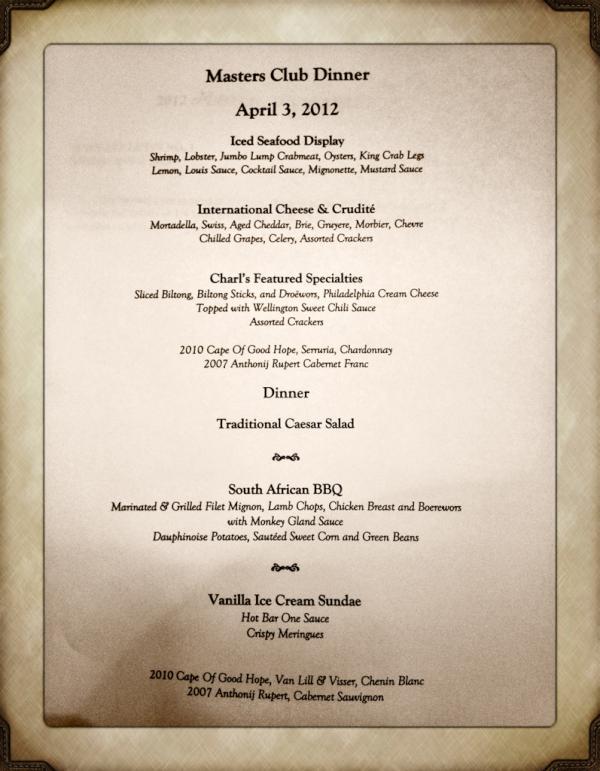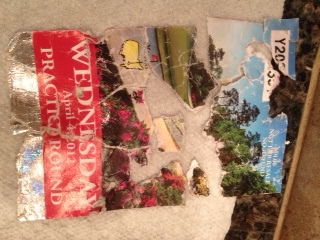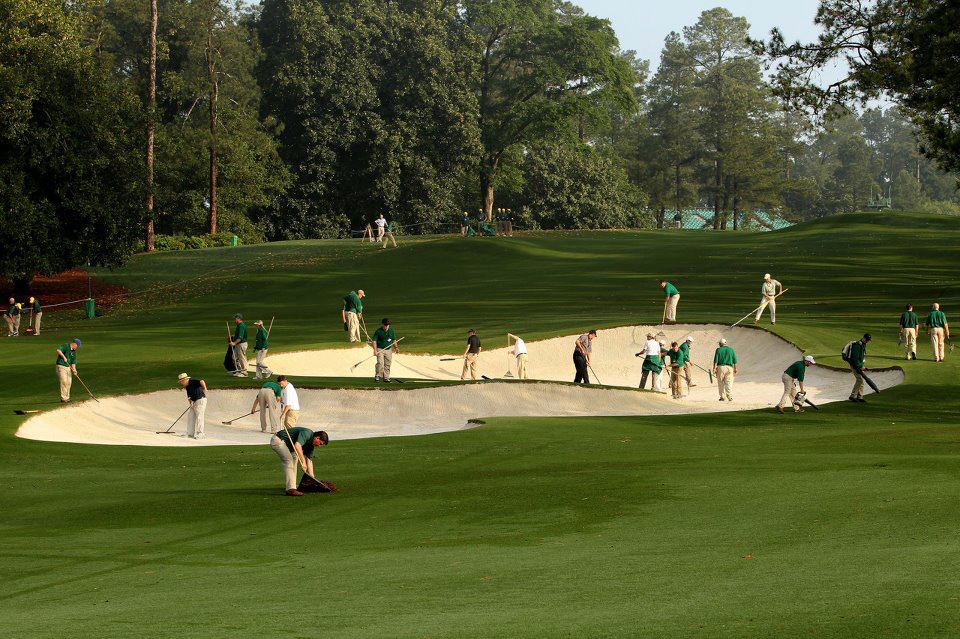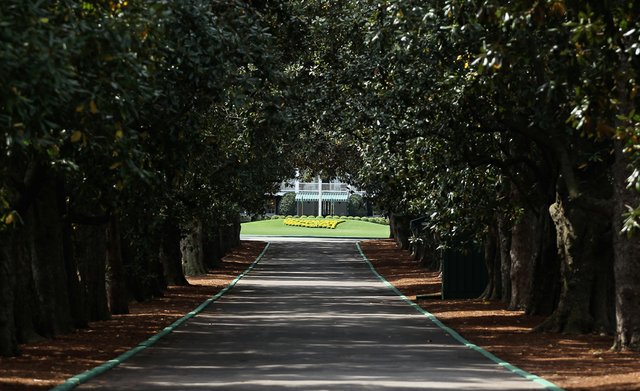
I was recently interviewed by social media guru, Ricky Lee Potts. Ricky really did his research and asked some interesting and different questions. I thought you may want to give it a read:
He lives down in South Carolina, and teaches at the Berkeley Hall Golf Club. Oh, and he went to Harvard. (He didn’t go to Harvard… but we will get to that later.) Did I mention he drinks wine? Anyway, I met this guy on Twitter and we have stayed in touch ever since. I love working with the PGA teaching professionals because they all teach folks how to play golf… but they all have their own approach. Did I forget to mention he is from South Africa? There are some pretty big PGA TOUR players from South Africa including Ernie Els. He has actually played with Ernie… but we will get to that later. I am pretty excited to be sitting with Andrew Rice. He is all about impact… and in the game of golf, impact is pretty important!
Here is an excerpt....
A lot of guys are getting away from teaching, and bridging the gap to coaching. Is there a difference to you personally? If so, what do you think the difference is?
I too am trying to become more of a coach and less of a teacher/instructor. In my opinion, a coach is there for the long haul – they cover all the bases from swing to fitness to nutrition to equipment, the mental side and even scheduling. Coaching is so much more than golf instruction.
What’s in your golf bag?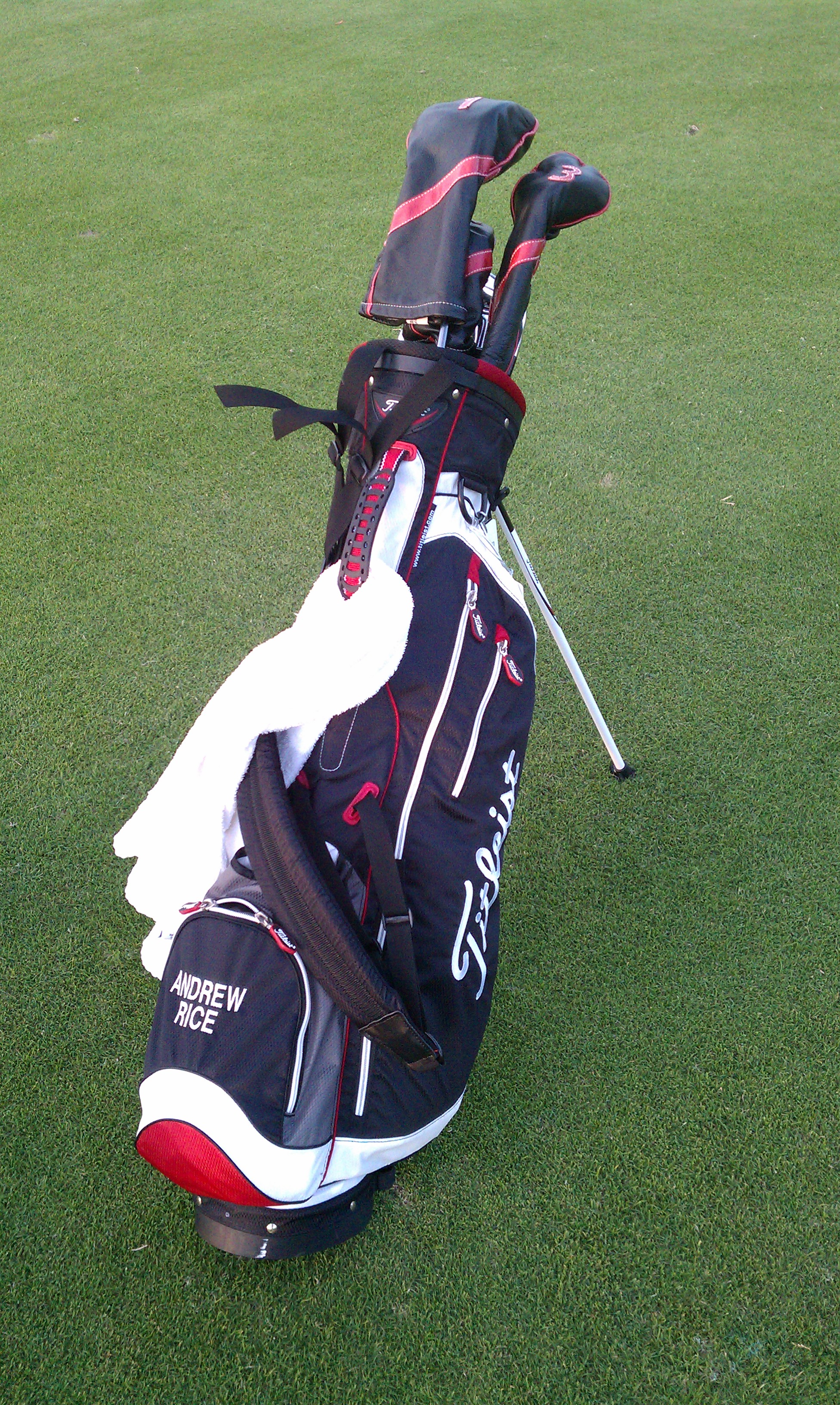
I’m a Titleist guy and use all Titleist clubs except my 10 year old 36” Odyssey 2-ball putter. I love the Titleist D3 driver…
Do you ever do playing lessons with your students?
All the time! There is so much that golfers can learn in a playing lesson that saves strokes automatically. Course management (or lack of) is a big reason why many golfers have the handicap they do.
You went to Harvard. Tell me about that experience… that’s not an easy school.
(Laughs) You must have been on my personal Facebook page. I went to Central Florida, but with Facebook I can be a graduate of any school in the world in less than a minute! I have had some fun with my friends with that one…
What’s the best round you have ever shot?
I have shot 63 on numerous occasions, but the problem was that it was always in the pro-am before the real event!
Who is in your dream foursome?
I’ve thought about this many times – Seve Ballesteros (my favorite player), Bobby Jones (IMO the best of all time) and Arnold Palmer. I think my Dad would understand…
I am Tiger’s biggest fan. Honestly, do you think he will break Jack’s record?
I like to say this concerning Tiger, “The genie has left the lamp!” I think Tiger will win another major or two, but will ultimately fall short of Jack’s record. His greatest challenge is that he, and all the other players, realize he is fallible. When he dominated in the past, both parties thought he was indestructible.
There are a lot of young guys out there giving Tiger a run for his money. Who are some of your favorite players to watch?
You’ve got to love Rory and his wholesome vibe – just a good, talented, hardworking kid whose making the most of his opportunity. I also like Charl Schwartzel. He performed the best in the majors last year and I look forward to seeing how he handles things at Augusta in a couple of weeks.
I read Golf Digest, Global Golf Post, Golf Magazine… they all promise to help “fix my slice” in 5 minutes or less! Do tips like that help or hurt an average player? Do you read any of those golf publications?
I do and I believe the quality of information they provide to their readers has improved dramatically in the past few years. The world has changed and many people no longer have the time to spend 15 minutes reading an in depth article to help them improve. Quick tips like that, while not optimal, work for more people than not. We’re all looking for something to give us a little hope for this weekend’s upcoming round…
You use TrackMan?
Yes, and it is worth every penny!
When I play, I play by “winter rules”. If we played 18 together, would you let me roll the ball or would we stick to the USGA rules of golf?
We’re out there having fun, Ricky – whatever your pleasure! My father emigrated to the U.S. a few years ago and was taken back with the way many Americans played the game – they didn’t know the rules and seemed to not even try to follow them. It took him a while, but now he loves it. People are out there just having fun. That’s the way it should be, shouldn’t it?
Speaking of the rules, there have been some changes to the rules of golf lately. What are your thoughts with all the recent changes?
The powers that be are doing all they (legally) can to protect the game. I would like for the powers that be to consider changing the rule that eliminated Brian Davis from the playoff at HarbourTown in 2010.
What are you doing when you are not playing or teaching?
I have two fantastic young sons (11 and 13) who play baseball. I coach a team and most of my evenings are spent at a ball field somewhere in the South Carolina Lowcountry.
Read more....
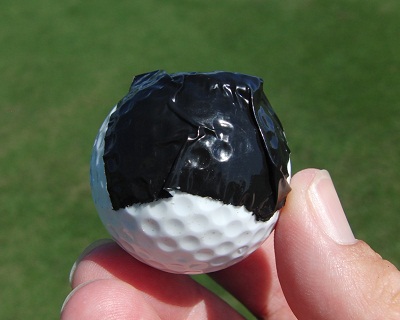 I recently decided to test a widely held philosophy that mudballs curve a certain direction - if the mud is on the left, it is believed that the ball will curve to the right. Essentially the ball will curve away from the mud....
I recently decided to test a widely held philosophy that mudballs curve a certain direction - if the mud is on the left, it is believed that the ball will curve to the right. Essentially the ball will curve away from the mud....

